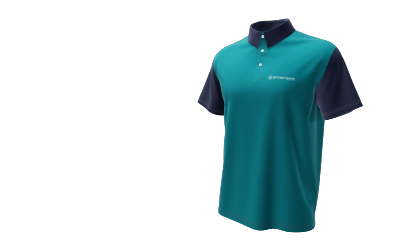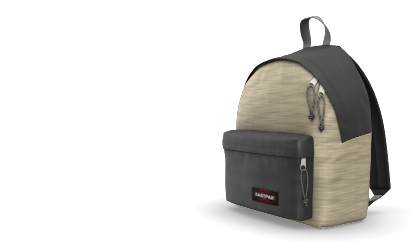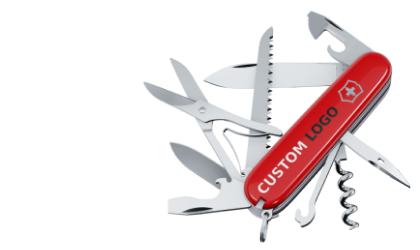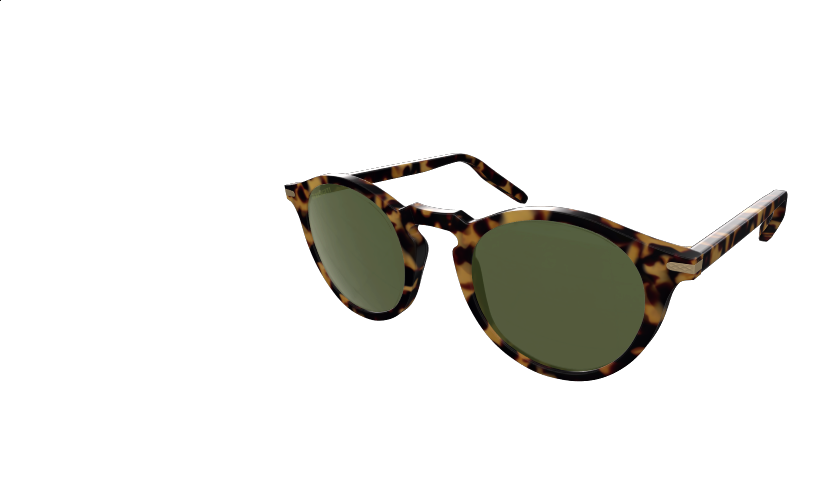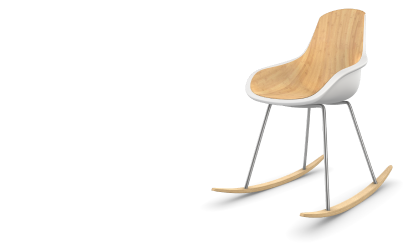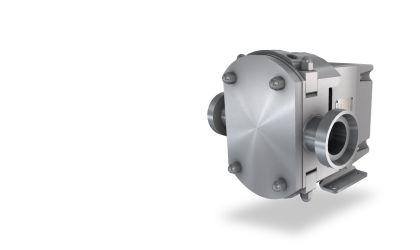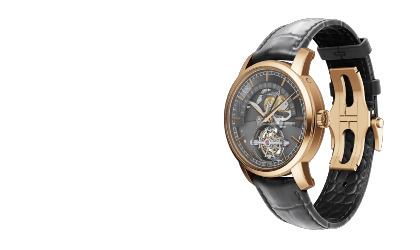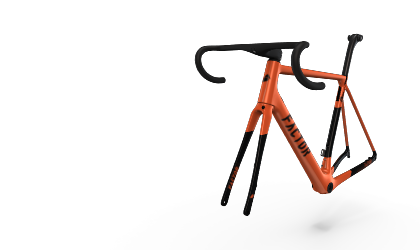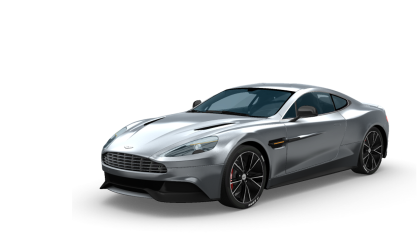Discover examples from all industries
Emersya’s 3D & AR solutions serve a wide variety of use cases across diverse product industries
Designed by brands, powered by Emersya
Discover examples of how Emersya’s technology has been used to revolutionize your industry,
or explore examples of how a specific Emersya feature is used across all industries!
Why should you implement 3D & AR in your product presentation?
3D and augmented reality are transforming the way products are presented, viewed, personalised and configured by customers on brand websites.
These technologies bring undeniable added value to many industries, improving the customer experience, facilitating personalisation, reducing product returns and optimising sales and marketing processes.
1. Interactive and Immersive Presentation
3D and augmented reality allow companies to present their products in a much more immersive and interactive way. Rather than just images or videos, customers can interact with detailed 3D models, viewing them from all angles and fully understanding the product’s features.
For example, in the furniture industry, consumers will be able to view a sofa in 3D, place it virtually in their living room using AR and assess whether it matches their space and style. Similarly, a customer can try on clothes, shoes or glasses virtually… to reduce uncertainty and get the satisfaction of a purchase.
2. Personalisation and Product Configurators
Customisation is a key factor for modern consumers. 3D configurators allow customers to personalise products according to their preferences: choose the colours, materials, or accessories for a handbag, a pair of shoes, or the components of a piece of furniture.
This interactive approach encourages deeper customer involvement and a more personalised relationship with the brand. For example, in the field of luxury goods and business gifts, the possibility of personalising objects in real time using 3D tools makes the offer more attractive and unique.
3. Reducing product returns
One of the major challenges of online shopping for retailers is product returns. 3D and AR reduce this phenomenon by enabling customers to visualise and interact with the product before purchasing it. The precise details visible in 3D, combined with the ability to test the item in a real environment via augmented reality, help to make more informed purchasing decisions.
4. Innovative Presentation and Enhanced Marketing
For the electronics and household appliance industries, 3D makes it possible to show the inner workings and technical features of a product in a clear and engaging way. Marketing campaigns using AR and 3D attract more attention and increase customer engagement, offering an interactive and memorable experience.
5. Time and efficiency savings
3D and augmented reality reduce the need for physical prototypes. For example, in the furniture or clothing industry, it is no longer necessary to create samples of each product variant. Designers and customers can explore all the options virtually, speeding up the development process and reducing costs.
6. Accessibility and Portability
These technologies also enable access to a wide range of products and configurations anytime, anywhere. A customer can use a smartphone or tablet to explore an entire catalogue of luxury goods or home appliances in AR, without needing to physically visit the shop.
7. Strengthening the brand
Integrating 3D and AR into brand experiences reinforces the image of modernity and innovation. For companies in the electronics and luxury goods sectors, this can be a crucial differentiator, showing customers that the brand is at the cutting edge of technology and keen to offer them the best.
Contact us today!
Contact us today and let our expert team guide you towards future-proof solutions for your challenges
